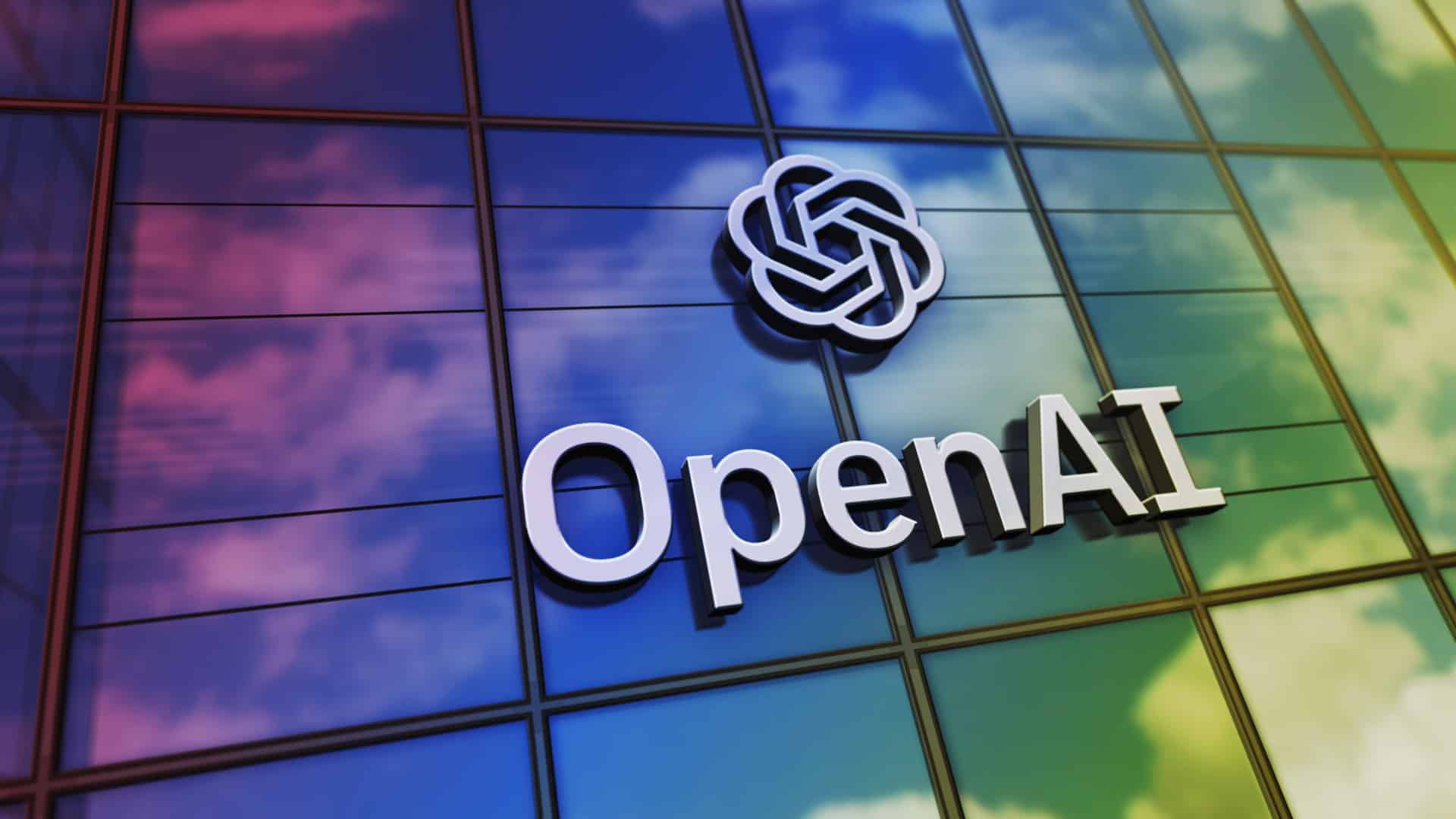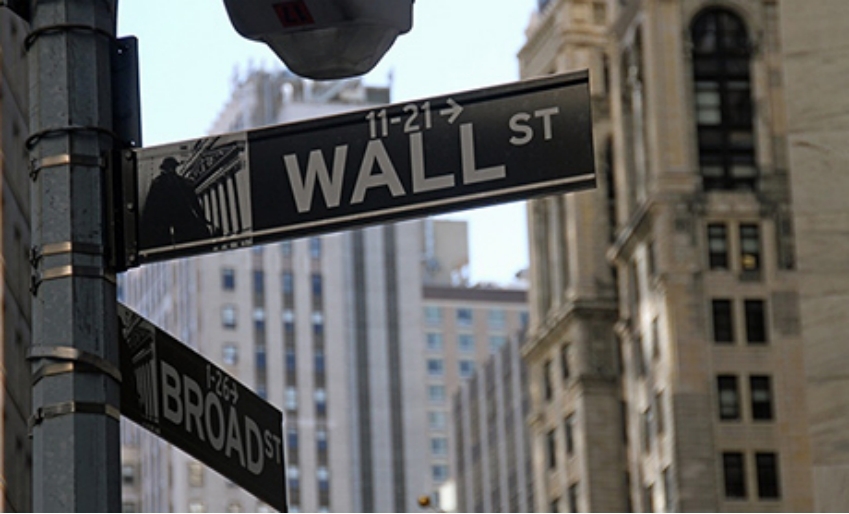
In Silicon Valley's arena of innovation, an intense 'shadow war' over talent is unfolding. Recently, OpenAI has aggressively poached employees from Apple's hardware engineering teams, sparking strong dissatisfaction from Apple. This dispute has not only strained the relationship between the two companies but also reflects the anxiety and ambition of tech giants in the era of artificial intelligence.
In recent years, OpenAI has achieved remarkable results in the field of artificial intelligence, and it is now turning its attention to hardware, accelerating the development of hardware products. Apple, as a tech giant with one of the world's top hardware engineering teams, has naturally become a target for its 'talent hunt.'
Over the past month, OpenAI has recruited more than 40 employees for its device teams, many of whom came directly from Apple and cover almost all areas of Apple's hardware departments. From user interface design to wearable devices, from camera engineering to audio technology, OpenAI's recruitment reach seems boundless. Even more striking, several key figures from Apple have been successfully lured away, including User Interface Design Director Cyrus Daniel Irani, 17-year manufacturing design veteran Matt Theobald, and senior members of the Apple Watch hardware team such as Erik de Jong.
OpenAI’s method of poaching talent is straightforward and highly tempting. On one hand, it offers stock options worth over $1 million, with compensation far exceeding Apple’s standards; on the other hand, hardware head Tang Tan promises employees a work environment with 'less bureaucracy and more collaboration,' which is extremely appealing to those Apple employees who feel stifled by bureaucracy and lack innovation internally.
Facing OpenAI’s 'talent raid,' Apple shifted from shock to anger. Apple’s leadership is extremely dissatisfied with the employee departures, and some insiders view it as a serious challenge. To prevent further talent loss, Apple canceled its annual closed-door meeting originally planned in China, fearing that key executives staying away from headquarters for too long would give OpenAI an opportunity.
Apple’s anger is understandable. As a leading company in the tech industry, Apple has always relied on its strong hardware engineering capabilities and innovative spirit. However, in recent years, market competition has intensified, internal innovation has slowed, and the hardware team has shown signs of fatigue. OpenAI’s poaching undoubtedly adds salt to Apple’s wounds, further weakening its competitiveness in the hardware field.
But Apple's countermeasures are limited. Apart from canceling meetings and strengthening internal management, Apple seems to have no other effective measures to prevent talent loss. In Silicon Valley, talent flow is the norm, and companies can only offer better working conditions and benefits to retain key personnel.
The "talent battle" between OpenAI and Apple is just a microcosm of the undercurrents in the tech world. In the era of artificial intelligence, the integration of hardware and software is the general trend. Whether it’s smart speakers, smart glasses, or wearable devices, they all rely on strong hardware support and advanced algorithms. Mastering core hardware technology is crucial for tech companies.
However, hardware technology research and development is not easy; it requires substantial financial investment, long development cycles, and top-tier talent teams. Emerging companies like OpenAI need to leverage external resources to make breakthroughs in the hardware field. Traditional tech companies like Apple, on the other hand, face challenges such as innovation fatigue and bureaucratic obstacles, leading to talent loss.
This "talent war" exposes the dual challenges of innovation and competition in the tech sector. To stay ahead in the competition, companies must continually innovate, which requires strong R&D capabilities, keen market insight, and an open and inclusive corporate culture. The harshness of competition also demands that companies reduce costs, improve efficiency, and optimize products in order to gain market share and user recognition.
In my view, the "talent war" between OpenAI and Apple is not a zero-sum game, but should be seen as an opportunity for both sides to strengthen cooperation and achieve a win-win outcome. In the era of artificial intelligence, the integration of hardware and software is irreversible, and only by working together, sharing resources, and innovating jointly can both parties drive progress in the tech industry.

Recently, some institutions on Wall Street have frequently adjusted the ratings of multiple enterprises and simultaneously issued industry warnings.
Recently, some institutions on Wall Street have frequently …
Recently, Global Times Technology reported that foreign med…
In Silicon Valley's arena of innovation, an intense 'shadow…
The US stock market continues to break records, but concern…
On November 20 local time, a piece of news at the UN Securi…
Cyber security firm Brinztech recently issued an alert that…